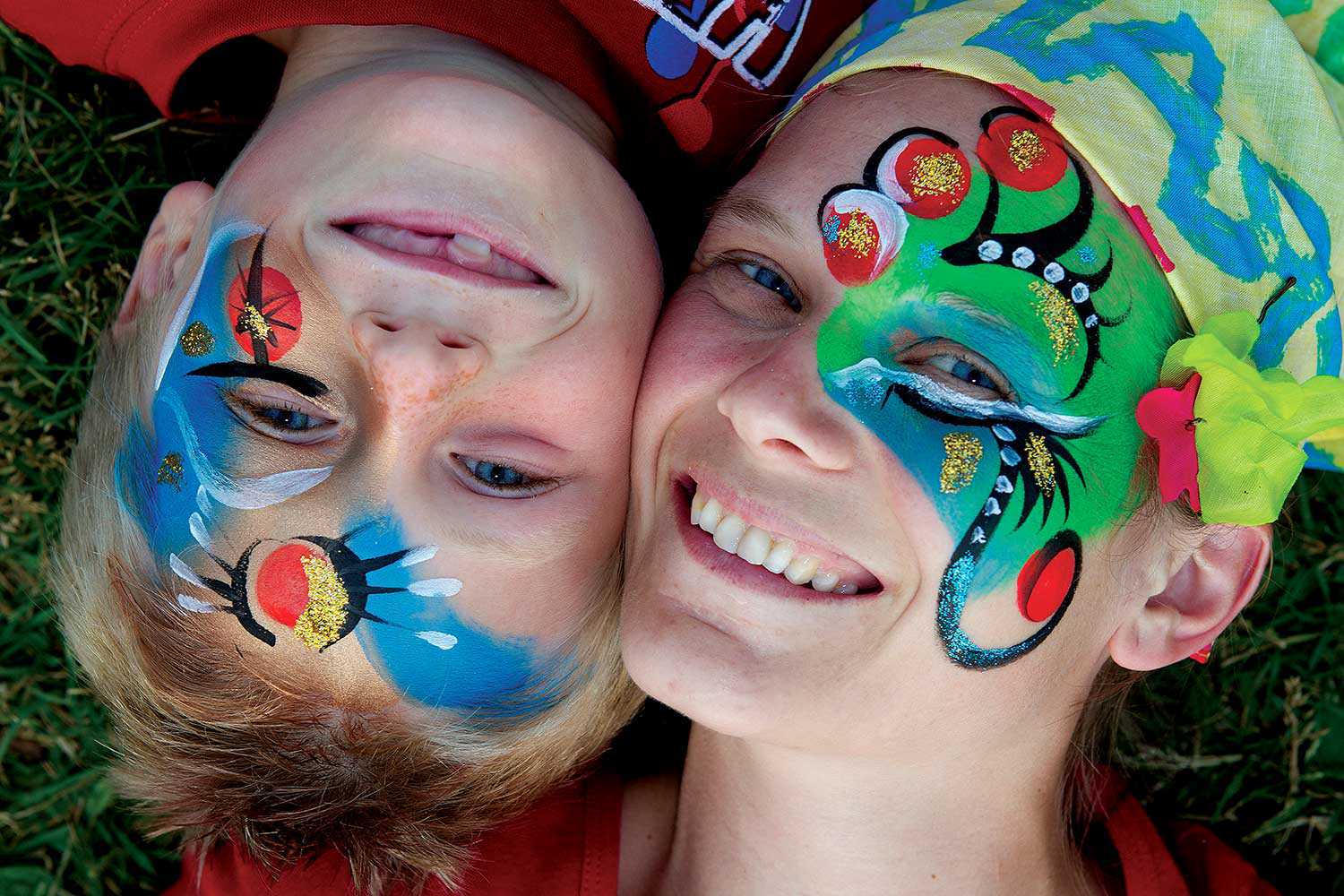

Browse by category
- Adaptive reuse
- Archaeology
- Arts and creativity
- Black heritage
- Buildings and architecture
- Communication
- Community
- Cultural landscapes
- Cultural objects
- Design
- Economics of heritage
- Environment
- Expanding the narrative
- Food
- Francophone heritage
- Indigenous heritage
- Intangible heritage
- Medical heritage
- Military heritage
- MyOntario
- Natural heritage
- Sport heritage
- Tools for conservation
- Women's heritage
Contemporary immigration of francophones to Ontario
Ontario francophone communities are becoming increasingly diverse as significant numbers of immigrants move from various parts of the world – including Africa, Asia, the Caribbean, the Middle East and Europe. Among Ontario’s 578,040 francophones, 60 per cent were born in the province, 20 per cent in Québec, and about 14 per cent outside Canada.
While European immigration has generally preceded that of visible minorities, the latter constitutes a large proportion of the immigrant population. These immigrants are particularly concentrated in large urban centres, including Toronto and Ottawa, but are also found in smaller cities such as Hamilton, Windsor and Sudbury.
Immigrants have contributed to the transformation of francophone communities, creating spaces that are vibrant with ethnic and racial diversity and cultural fusion. They help to counter cultural and linguistic assimilation by boosting the number of francophones and enhancing the retention of the French language.
Immigrants aspire to establish themselves, expand economic opportunities for themselves and their children, and contribute to the social, political and economic life of their host society. Linguistic discrimination and racism, however, hinder their integration and inclusion and weaken their sense of belonging.
They face the challenges of living in a predominantly anglophone environment and coping with the lack of appropriate services in French. Moreover, notwithstanding their high level of education, visible minorities face challenges in terms of exclusion from employment, poverty and under-representation in mainstream institutions. Nevertheless, they mobilize existing societal resources to integrate better into society and strengthen identity and belonging. They participate in francophone organizations and have also created their own structures that consist of community associations, groups of artists and musicians, media, churches and organizations of women and youth.
All of these urban groups play crucial roles in voicing social differences among francophones, supporting community development, fighting racism, defending the rights of community members and facilitating integration. These groups initiate various ties among francophone immigrants and with other francophone and anglophone communities. Additionally, various connections are developed with communities in the Diaspora enhancing trans-national links within and beyond the international francophone space.
To achieve these goals, organizations – such as Canora Inc. in Toronto, la Communauté tchadienne de Hamilton, le Centre Afro-Canadien d’Échange Social in Windsor, le Contact interculturel francophone de Sudbury, and le Mouvement Ontarien des Femmes Immigrantes Francophones in Ottawa – offer activities that enhance training and social services, partnership and economic development through entrepreneurship, and the promotion of arts and culture and anti-discriminatory strategies.
The general francophone community in large cities is blooming at various spheres of life. The immigrant population, which is growing and becoming increasingly organized and visible, is strengthening the evolution of the urban francophonie in Ontario.

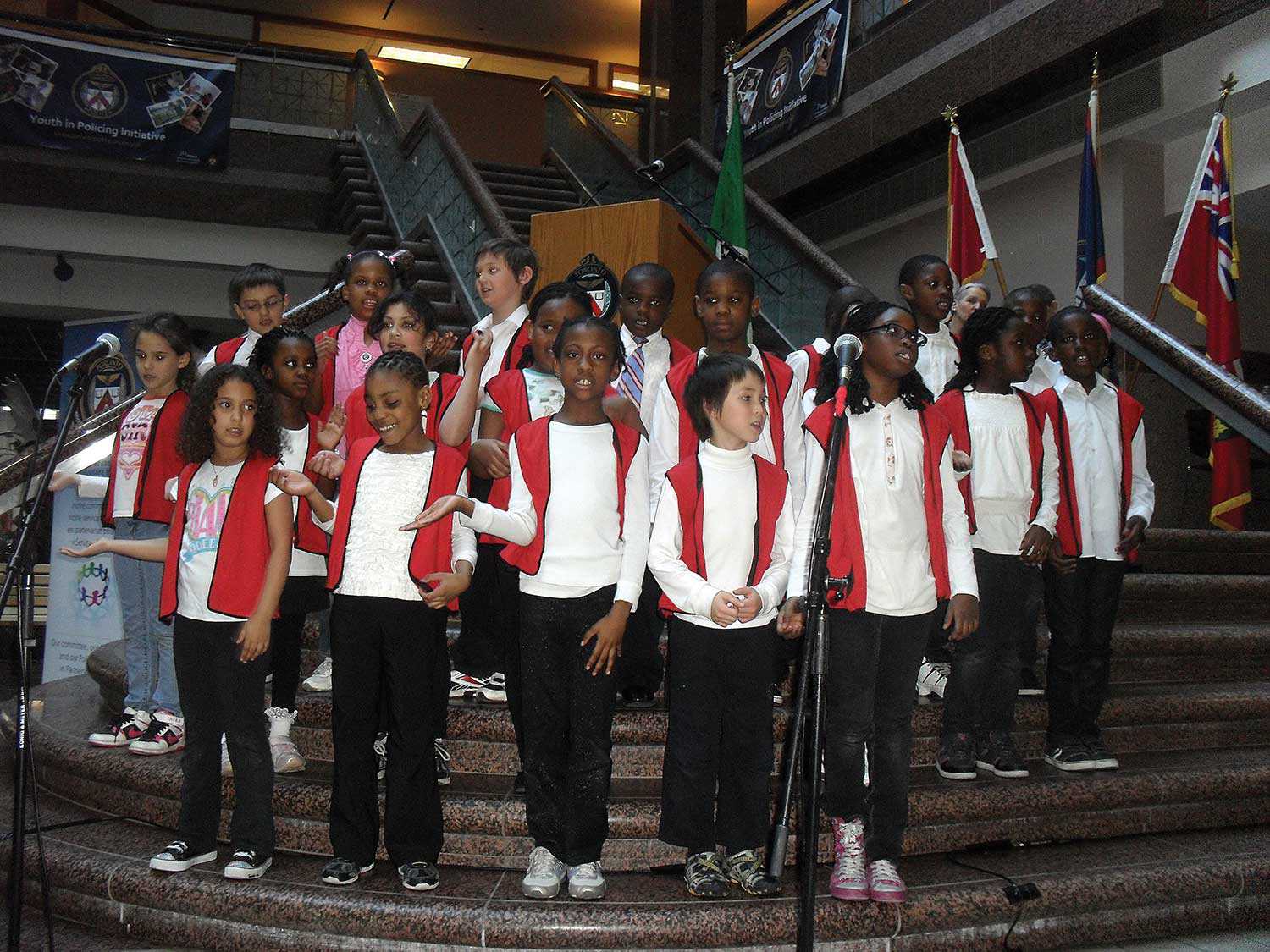
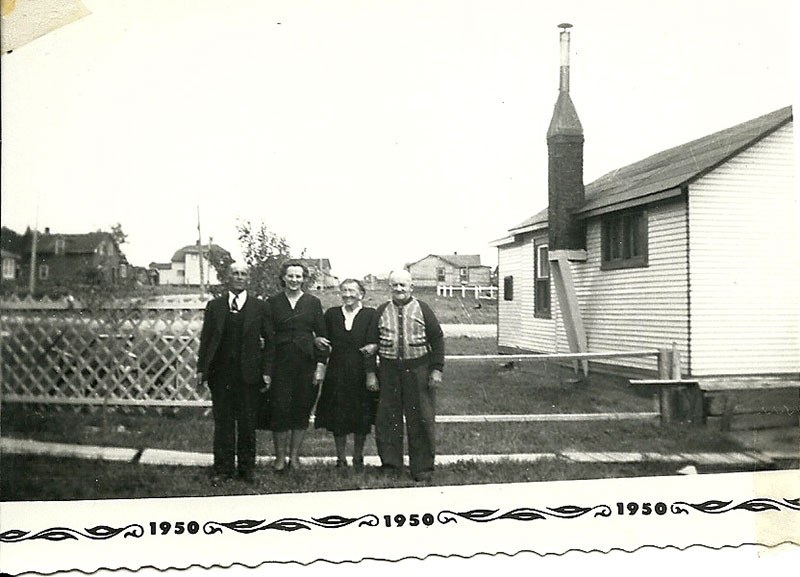
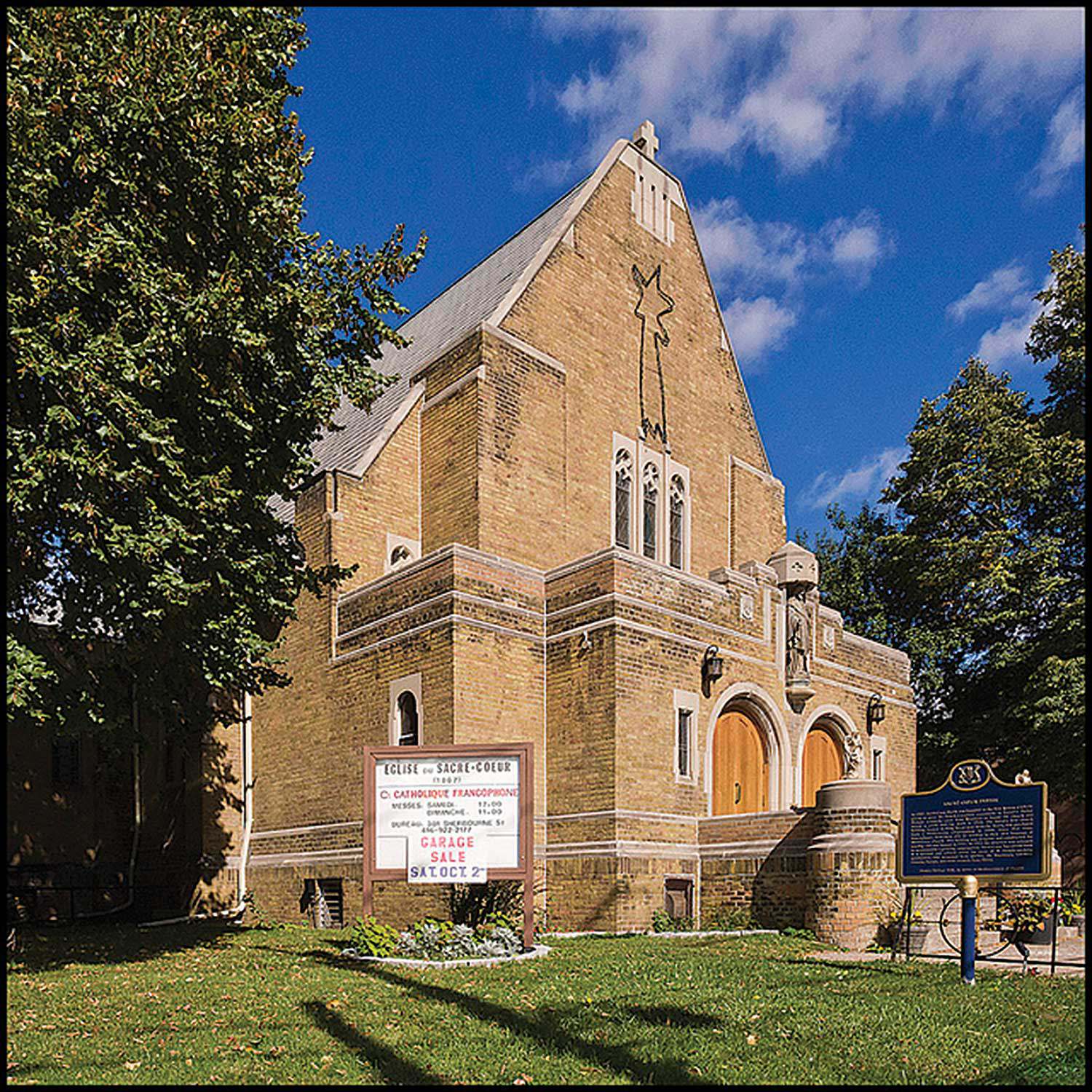
![The family of Simon Aumont. Only Simon himself and Irène (seated, holding a doll), survived the great fire that devastated the region in 1916, Val Gagné (Ontario), [before 1916]. University of Ottawa Centre for Research on French Canadian Culture, TVOntario archive (C21), reproduced from the collection of Germaine Robert, Val Gagné, Ontario.](https://heritage-matters.ca/uploads/Articles/Frenette-Ph23-VG-3-web.jpg)


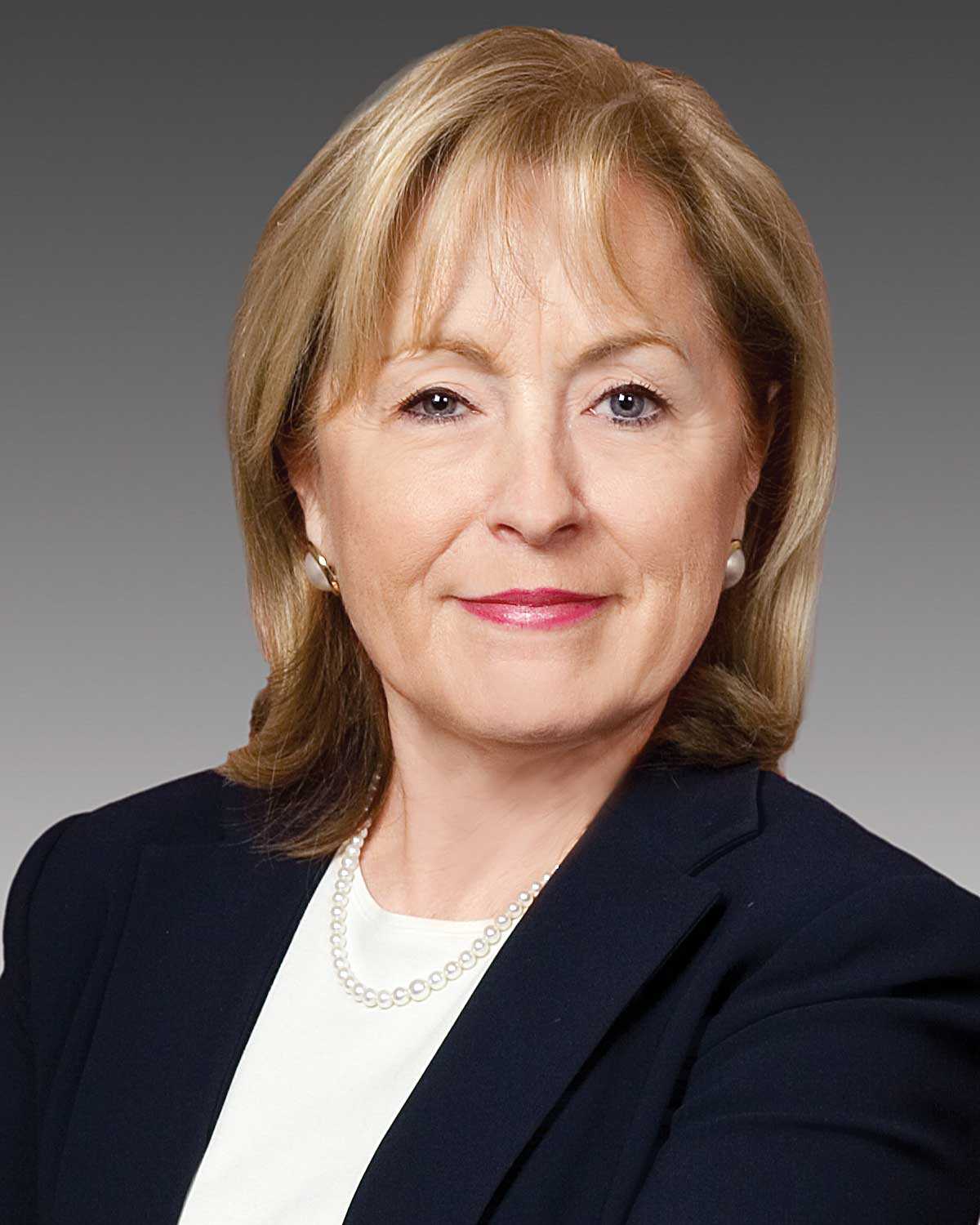
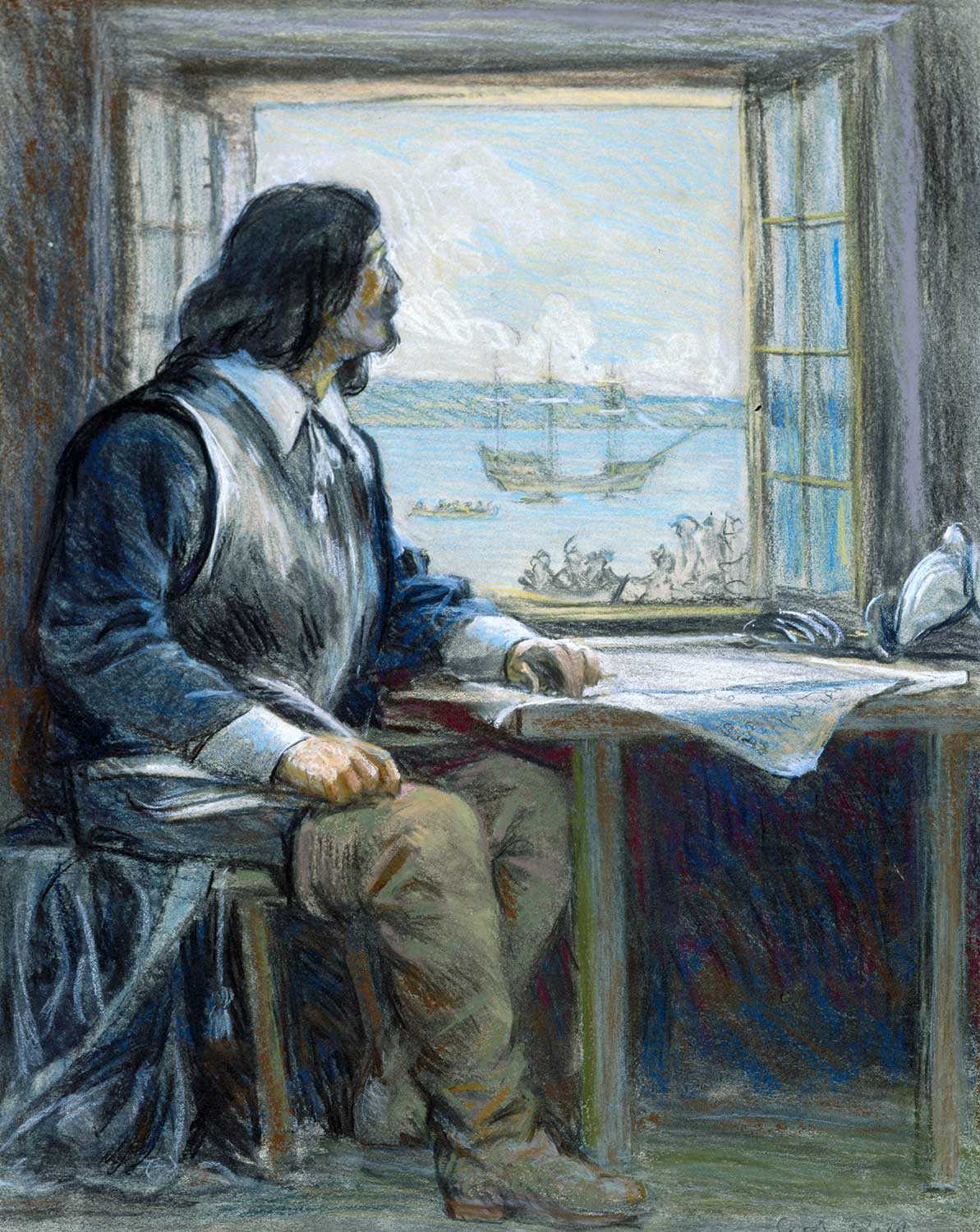
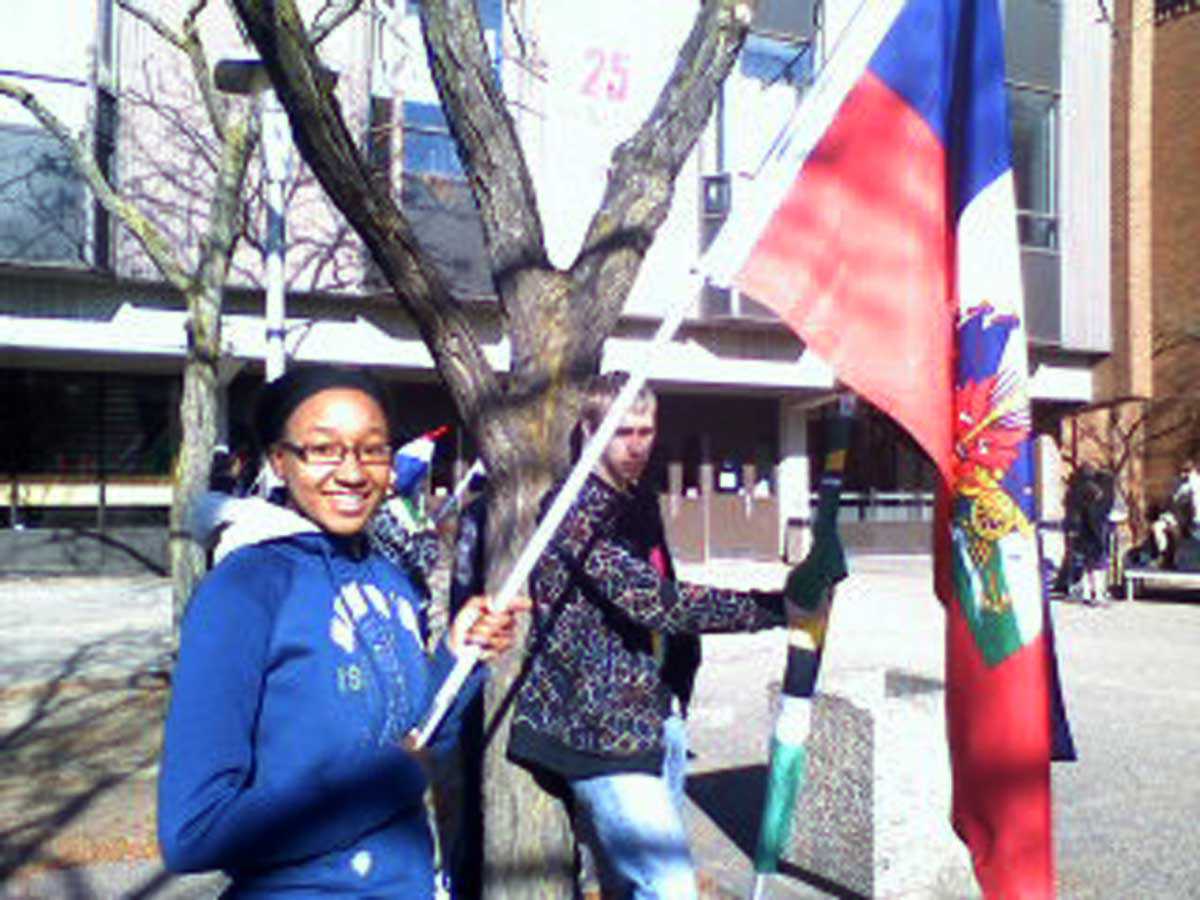
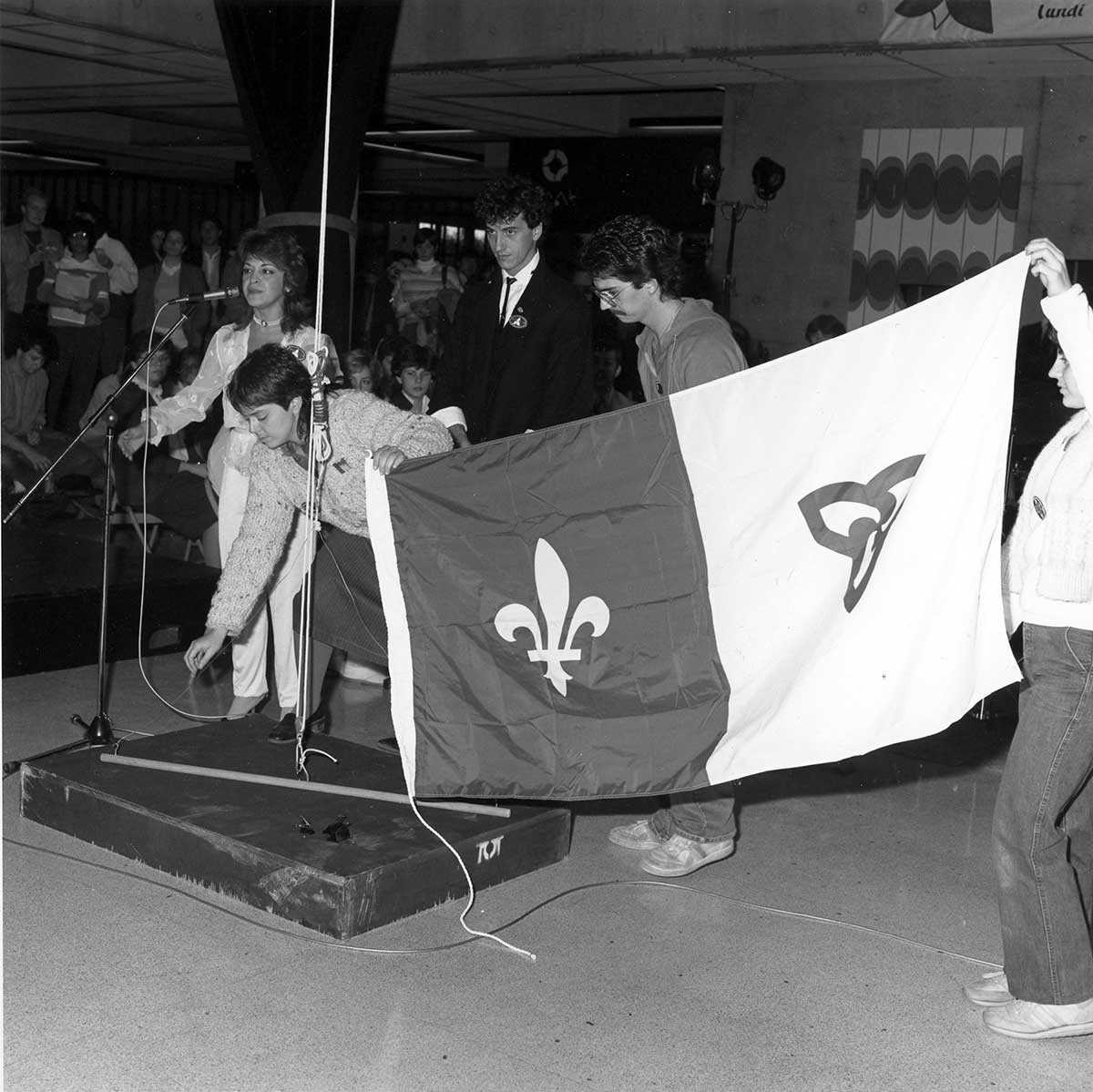

![Students demonstrating against Regulation 17 outside Brébeuf School on Anglesea Square in Ottawa’s Lowertown, in late January or early February, 1916 / [Le Droit, Ottawa]. University of Ottawa, Association canadienne-française de l’Ontario archive (C2), Ph2-142a.](https://heritage-matters.ca/uploads/Articles/Cecillon-Ph2-142a-web.jpg)

